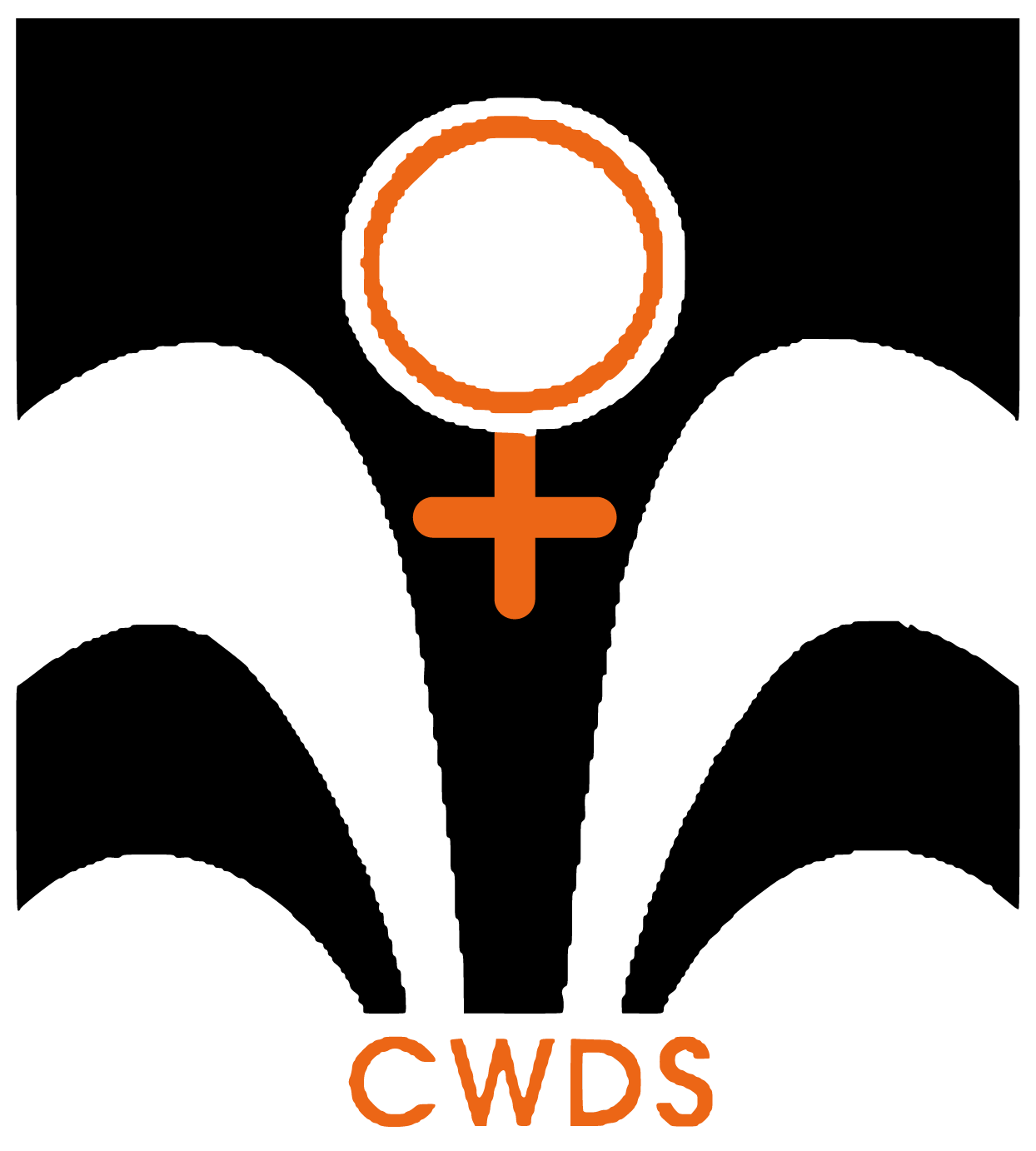- Hindustan Times2024
In the recent assembly elections, we were once again inundated with information about how much of a difference the women’s vote made to the outcome.
- Hindustan Times2022
It was the tragic death by suicide that has laid bare the daily trauma of the three sisters from a landless household married to an affluent family with demands for dowry from impoverished parents.
- Journal of the Diabetic Association of India1997
Breast-feeding is the proud privilege of every mother. It gives her an opportunity to fondle her little one with tender care and looks forward to his growth and development with high expectations.
- The Journal of Family Welfare1995
Medical and public health experts advocate breastfeeding as the best method of feeding young infants for a wide variety of reasons.
- The Journal of Family Welfare1993
India's efforts to promote family planning have produced a significant increase in the couple protection rate (CPR) which has increased by about 33 percent during the last 22 years-from 10.4 percent in 1970 to 43.5 in 1992.
- The Journal of Family Welfare1991
The practice of breast-feeding is almost universal in India. Protecting, promoting and supporting breast-feed in should be the foremost aim of all the communities. Compare the body of a lactating mother to a baby food factory and we find that she is far and away the most efficient [1].
- The Journal of Family Welfare1991
Breast-feeding has its socioeconomic, psychological, biological and immunological aspects. Human milk is known to be an ideal, safe and complete food for infants and being available at a suitable temperature, it helps promote normal dental and facial development.
The Indecent Representation of Women (Prohibition) Act, 1986, is an Indian law aimed at prohibiting the indecent portrayal of women through advertisements, publications, writings, paintings, and other visual mediums.
The Sexual Harassment of Women at Workplace (Prevention, Prohibition, and Redressal) Act, 2013, is an Indian law aimed at ensuring a safe and dignified work environment for women.
The Protection of Women from Domestic Violence Act, 2005 (PWDVA) is an Indian law enacted to safeguard women from domestic violence within familial or domestic relationships.
